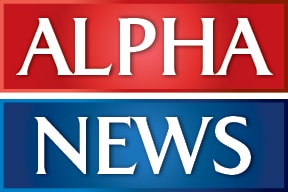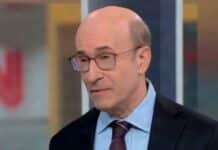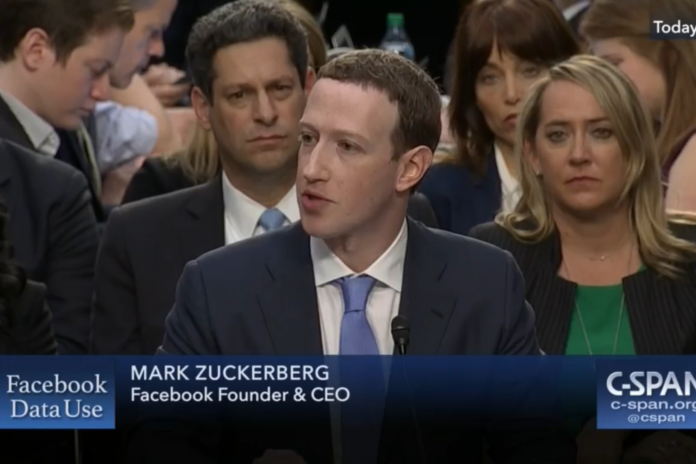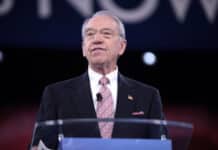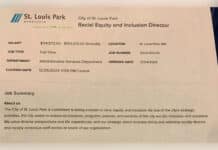Newly-released IRS filings show that a foundation funded by Facebook CEO Mark Zuckerberg injected $7.1 million into local Minnesota electoral systems in 2020.
The Center for Tech and Civic Life (CTCL) is funded by Zuckerberg and his wife, Priscilla Chan. The CTCL is a left-wing organization that spent a total of $350 million during the last presidential election on “grants to various jurisdictions throughout the United States to help them hire more staff, buy mail-in ballot processing machinery, and other measures they deemed necessary to properly handle the election amid the COVID-19 pandemic,” per Influence Watch.
The efforts of the CTCL have been honored by Time Magazine in its infamous article on how activists “fortified” the 2020 election and drawn the ire of Republican legislators who are calling for more transparency about the group’s activities and intentions.
Specifically, a group of House Republicans sent a letter to the CTCL asking it to explain its expenditures, less than 1% of which actually went to stopping the spread of COVID-19. The CTCL originally presented its expenditures as being aimed at increasing COVID safety during the voting process.
Republicans have also introduced legislation called the “End Zuckerbucks Act,” which seeks to ban nonprofits from donating directly to state and local election officials.
Had this legislation existed in 2020, Minnesota election officials would have had about 7.2 million fewer dollars on hand.
Below is a breakdown of how many so-called “Zuckerbucks” were distributed to what levels of government in Minnesota, per IRS filings. Some details about CTCL contributions in the state have been previously revealed, but the center’s 2020 filings now provide conclusive numbers illustrating its involvement.
| Blue Earth County | $35,784 |
| Brown County | $9,795 |
| City of Burnsville | $26,457 |
| City of Chaska | $6,450 |
| Dakota County | $613,000 |
| Hennepin County | $1,000,000 |
| Houston County | $5,880 |
| City of Lakeville | $16,274 |
| City of Minneapolis | $2,297,342 |
| City of Moorhead | $18,918 |
| City of Nobles | $11,660 |
| Olmsted County | $344,484 |
| Ramsey County | $2,750,000 |
| Rice County | $33,362 |
Minneapolis effectively received $3,297,342 — just over $2 million to the city and another million to the county it sits in.
The city acknowledged the injection of cash in September 2020, offering the following explanation as to what the funds were to be used for:
“This year, election departments are facing an unprecedented challenge of administering safe and secure elections that provide healthy voting options to the public. To meet this challenge, the Center for Tech and Civic Life (CTCL) is providing support to Wisconsin and Minnesota election officials so no voter is required to make a choice between their health and their ability to vote. This grant will ensure that polling places are open and following the latest public health guidelines, provide options for voters to easily and securely return absentee ballots, and make certain that the incredible people who step up to serve as poll workers are protected and well compensated for their service. CTCL is already partnered with the five largest cities in Wisconsin to deliver a smooth voting process that inspires confidence.”
This description is notably vague, but MPR reported on some specifics of how the money was used a month after polls closed.
According to the outlet, “Zuck Bucks” paid for Minneapolis officials to rent 70,000 square feet of space to count absentee ballots, overtime ballot counters in Dakota County and packets for mailed ballots in Ramsey County.
The center also turned down MPR’s request to provide more details on how its funds impacted Minnesota’s elections.
